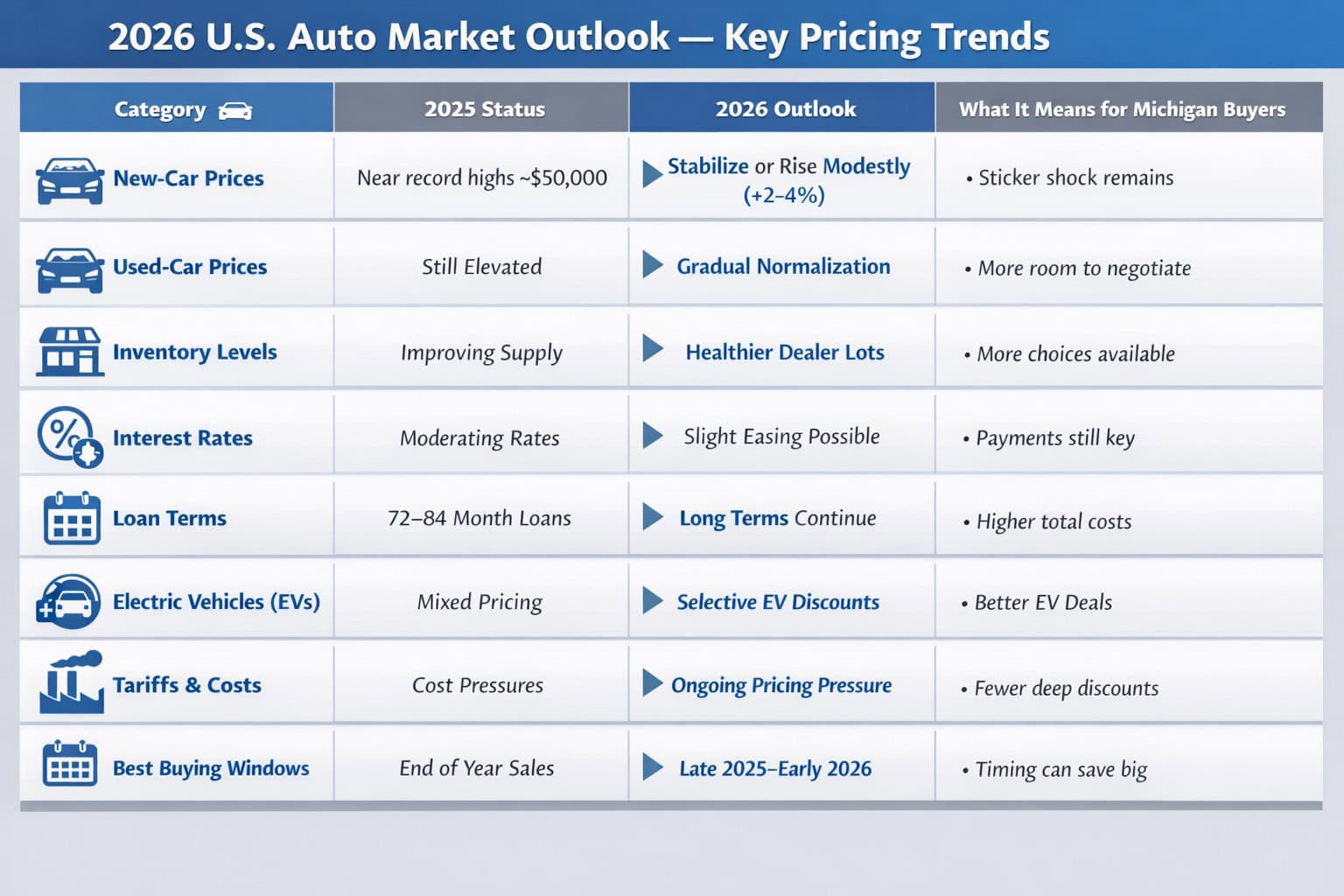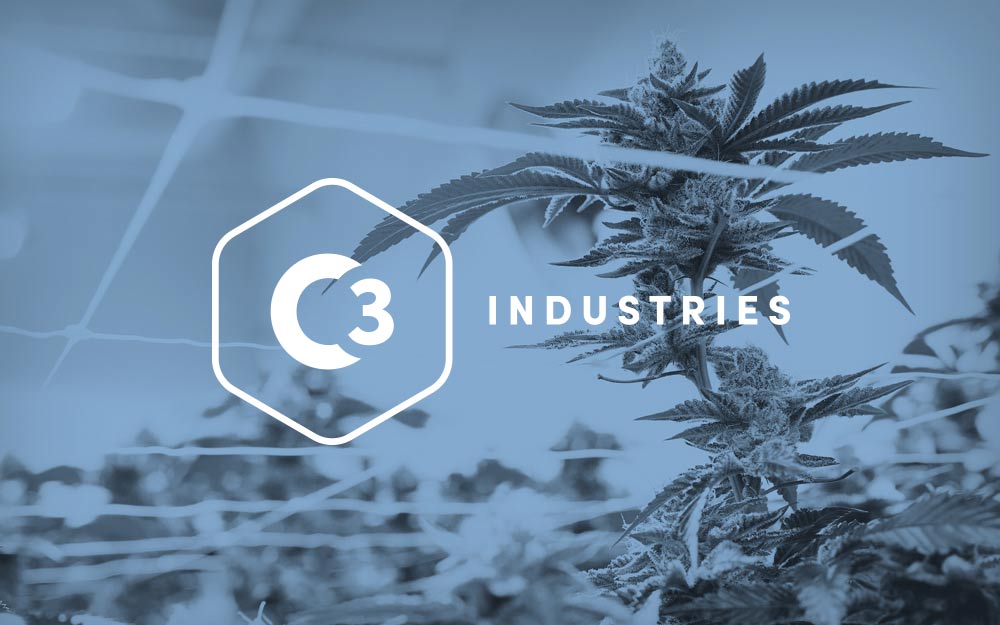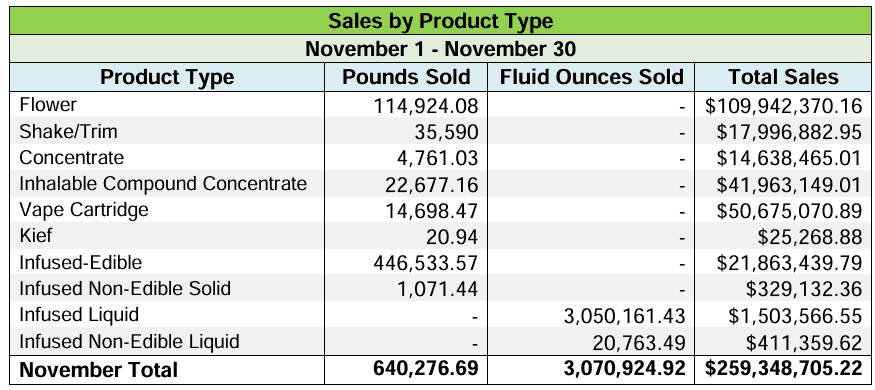LANSING—Technology-related employment in Michigan grew by more than 12,000 new jobs in 2018 and the tech sector increased its contribution to the state’s economy, according to Cyberstates 2019, a guide to national, state and metropolitan area tech sector and tech workforce analytics published annually by CompTIA, the Computing Technology Industry Association.
Net tech employment grew by an estimated 12,354 jobs in 2018, a 3.1 percent increase over 2017. Since 2010, net tech employment has grown by more than 109,300 new jobs. With more than 409,400 workers, tech accounts for approximately 8.9 percent of the Michigan workforce.
The tech sector has an estimated direct economic impact of $37.4 billion, or about 7.8 percent of Michigan’s total economy.
“Clearly the broad-based impact of the tech industry touches virtually every community, industry, and market across Michigan, especially when you consider the thousands of knowledge workers who rely on technology to do their jobs,” said Todd Thibodeaux, president and CEO, CompTIA.
“Michigan’s tech transformation continued in 2018 as the state saw tech industry employment grow,” said Alexi Madon, director of state government affairs for CompTIA in Michigan. “Software and web developer jobs jumped by 4.3 percent last year, and computer system and information security analyst positions increased by nearly 3 percent. Tech continues to deliver opportunity in Michigan as median tech wages are 86 percent higher than overall median wages across the state.”
The outlook for future employment growth remains positive. Michigan saw a 33 percent increase in the number of job postings related to emerging technologies, such as the Internet of Things, smart cities, drones, artificial intelligence, virtual and augmented reality and blockchain.
Cyberstates projects the base of tech occupation employment, a subset of net tech employment, will grow by 5.6 percent in Michigan by 2026. Retirements will add even more pressure to meet the need for tech talent.
“The findings attest to a tech labor market that will remain tight as employers balance short-term needs with an eye towards the future,” said Tim Herbert, senior vice president for research and market intelligence at CompTIA. “As digital-human models begin to unfold, employers and employees alike will face new challenges – and opportunities, in shaping the workforce of tomorrow.”
Cyberstates 2019 is based on CompTIA’s analysis of data from the U.S. Bureau of Labor Statistics, the U.S. Bureau of Economic Analysis, EMSI, Burning Glass Technologies Labor Insights, and other sources. Estimates for 2018 are subject to change as government data is revised and updated. The full report, with complete national, state and metropolitan level data, is available at https://www.cyberstates.org/.







[…] Net tech employment grew by an estimated 12,354 jobs in 2018, a 3.1 percent increase over 2017. Since 2010, net tech employment has grown by more than 109,300 new jobs. With more than 409,400 workers, tech accounts for approximately 8.9 percent of the Michigan workforce. Read full story (here) […]
[…] 2010, Michigan has had the second largest growth rate of net tech employment, with an 11 percent increase in occupations like computer science and web […]
[…] 2010, Michigan has had the second largest growth rate of net tech employment, with an 11 percent increase in occupations like computer science and web […]